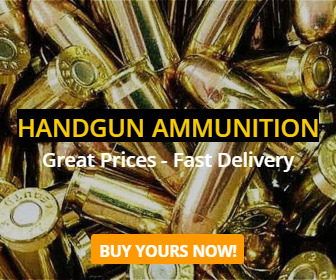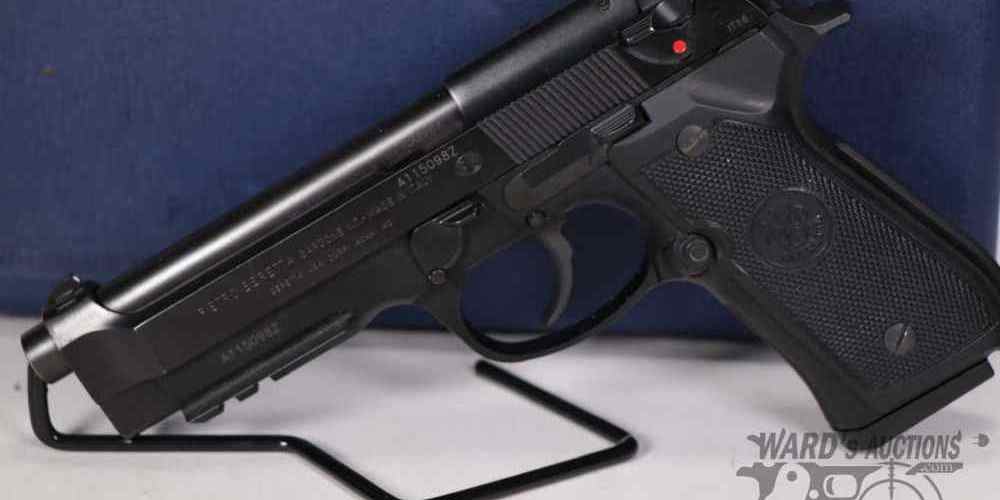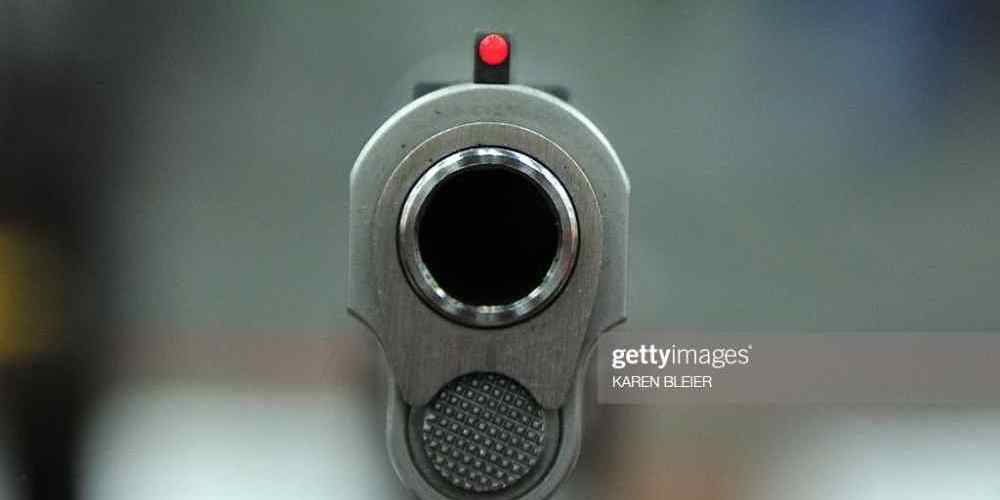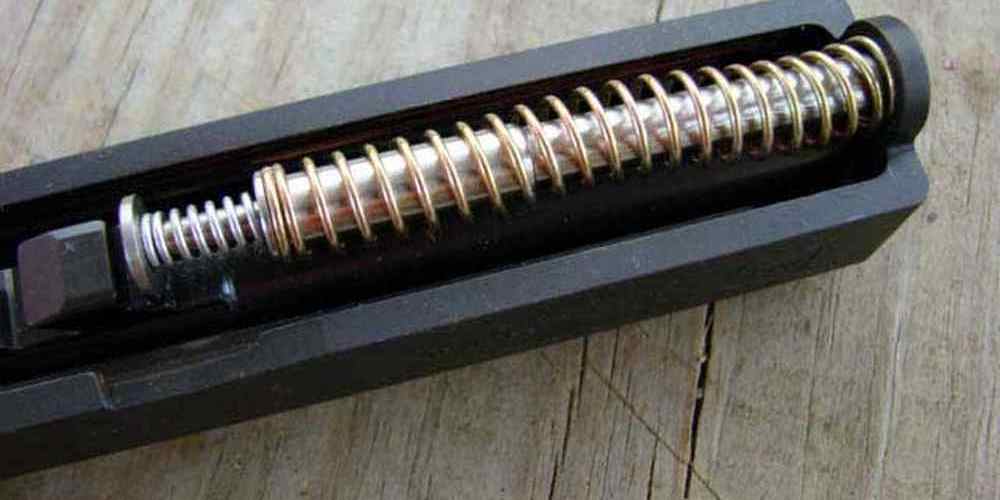“Precision and performance start with the right ammo selection.”
Bullet Weight and Caliber Selection
When it comes to competition shooting, choosing the right ammunition is crucial for achieving top performance. One of the key factors to consider when selecting ammo is bullet weight and caliber. Understanding how these factors impact your shooting experience can help you make an informed decision.
Bullet weight plays a significant role in the performance of your ammunition. In general, heavier bullets tend to have better penetration and are less affected by wind drift compared to lighter bullets. However, lighter bullets typically travel at higher velocities, which can result in flatter trajectories and less bullet drop over longer distances.
Caliber selection is another important consideration when choosing ammo for competition shooting. The caliber of a bullet refers to its diameter, and different calibers are suited for different types of shooting disciplines. For example, larger calibers like .308 Winchester are commonly used in long-range precision shooting competitions, while smaller calibers like 9mm are popular in handgun competitions.
When selecting the right bullet weight and caliber for competition shooting, it’s essential to consider the specific requirements of your chosen discipline. For example, if you’re participating in a long-range precision shooting competition, you’ll likely want to opt for heavier bullets with high ballistic coefficients to ensure accuracy at extended ranges. On the other hand, if you’re competing in a fast-paced action shooting event, lighter bullets with higher velocities may be more suitable.
It’s also important to take into account your own shooting preferences and capabilities when choosing ammo for competition shooting. Some shooters may prefer the recoil characteristics of lighter bullets, while others may find that heavier bullets offer better stability and control. Experimenting with different bullet weights and calibers can help you determine which option works best for your individual needs.
In addition to considering bullet weight and caliber, it’s essential to factor in other aspects of ammunition performance, such as muzzle velocity and energy. These factors can impact the overall effectiveness of your shots and play a role in determining how well your ammo performs under various conditions.
Ultimately, the key to choosing the right ammo for competition shooting is finding a balance between bullet weight, caliber, and other performance factors that align with your specific shooting goals and preferences. By taking the time to research and test different options, you can optimize your ammunition selection for maximum accuracy and consistency on the range.
In conclusion, bullet weight and caliber selection are critical components of choosing the right ammo for competition shooting. Understanding how these factors influence performance can help you make informed decisions that enhance your shooting experience. By considering the specific requirements of your chosen discipline, as well as your own preferences and capabilities, you can select ammunition that maximizes your potential for success on the range.
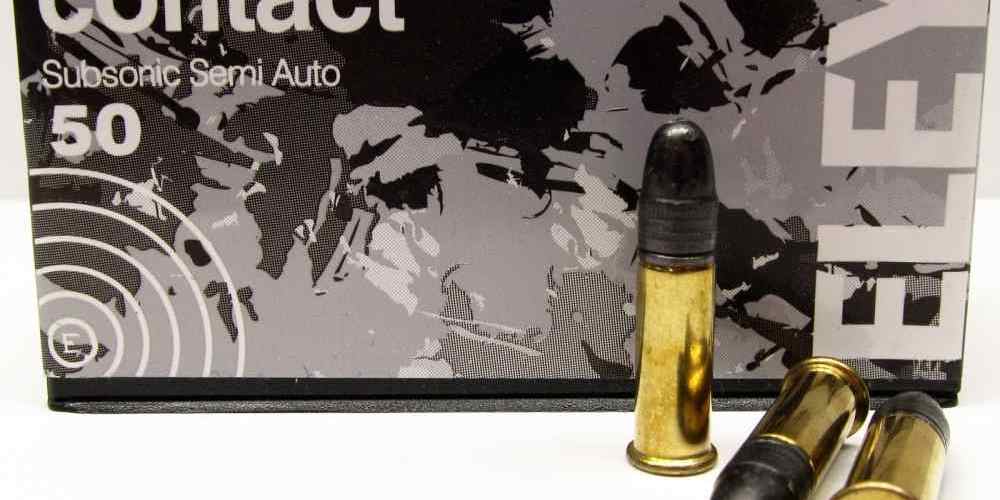
Understanding Ballistic Coefficients
When it comes to competition shooting, choosing the right ammunition is crucial for achieving optimal performance. One important factor to consider when selecting ammunition is the ballistic coefficient of the bullets you are using. Understanding ballistic coefficients can help you make informed decisions about which ammo will work best for your specific shooting needs.
The ballistic coefficient of a bullet is a measure of its ability to overcome air resistance in flight. In simple terms, a bullet with a higher ballistic coefficient will retain its velocity and energy better than a bullet with a lower coefficient. This can result in more consistent and accurate shots over longer distances.
To calculate the ballistic coefficient of a bullet, manufacturers use a complex formula that takes into account the bullet’s weight, shape, and diameter. Generally speaking, bullets with a sleeker, more streamlined shape will have higher ballistic coefficients than those with more blunt or irregular shapes.
When choosing ammunition for competition shooting, it is important to consider the specific requirements of the competition you will be participating in. Some competitions may require shooters to engage targets at long distances, while others may involve rapid-fire scenarios at closer ranges. Understanding how the ballistic coefficient of your bullets will affect their performance in these different situations can help you select the best ammo for your needs.
For long-distance shooting competitions, bullets with high ballistic coefficients are typically preferred because they will maintain their velocity and energy better over extended ranges. This can result in more consistent shot placement and greater accuracy downrange. Additionally, high-BC bullets are less affected by wind drift and other environmental factors, making them ideal for shooting in challenging conditions.
In contrast, competitions that involve rapid-fire shooting at shorter distances may not require bullets with as high of a ballistic coefficient. In these scenarios, shooters may prioritize factors such as recoil control and fast target acquisition over long-range accuracy. Choosing ammunition that strikes the right balance between these competing factors is key to success in these types of competitions.
When selecting ammunition for competition shooting, it is also important to consider the caliber of the bullets you will be using. Different calibers have different ballistic characteristics that can affect their performance in various shooting scenarios. For example, smaller calibers like .223 Remington are popular for competitions that involve fast-paced shooting at shorter ranges, while larger calibers like .308 Winchester are often preferred for long-distance precision shooting.
Ultimately, choosing the right ammunition for competition shooting requires careful consideration of factors such as bullet weight, shape, caliber, and ballistic coefficient. By understanding how these factors interact and affect the performance of your bullets in different shooting scenarios, you can make informed decisions that will help you achieve success on the competition field. Whether you are competing in long-range precision matches or fast-paced action events, selecting the right ammo can give you a competitive edge and help you reach your full potential as a shooter.
Choosing the Right Powder and Primer
When it comes to competition shooting, choosing the right ammunition is crucial. Every detail, from the type of powder to the primer used, can have a significant impact on your performance. In this article, we will focus on how to select the right powder and primer for competition shooting.
Powder is a key component of any ammunition, as it is responsible for propelling the bullet downrange. When selecting a powder for competition shooting, it is essential to consider factors such as burn rate, consistency, and temperature sensitivity. The burn rate of a powder refers to how quickly it ignites and burns. For competition shooting, it is generally recommended to use powders with a consistent burn rate, as this will help ensure consistent muzzle velocity and accuracy.
Consistency is another critical factor when choosing a powder for competition shooting. Inconsistent powder charges can lead to variations in muzzle velocity and accuracy, which can significantly impact your performance on the range. Look for powders that are known for their uniformity and reliability.
Temperature sensitivity is also something to consider when selecting a powder for competition shooting. Some powders are more sensitive to changes in temperature than others, which can affect their performance in different weather conditions. It is essential to choose a powder that is stable across a range of temperatures to ensure consistent performance in all types of weather.
When it comes to primers, there are two main types: standard and magnum. Standard primers are suitable for most competition shooting applications and offer reliable ignition with consistent performance. Magnum primers are hotter and can be used in situations where extra power is needed, such as when using heavier bullets or in cold weather conditions.
When selecting a primer for competition shooting, it is crucial to match the primer with the powder you are using. Some powders require a specific type of primer for optimal performance, so be sure to follow the manufacturer’s recommendations when choosing a primer.
In addition to considering the type of powder and primer, it is also essential to pay attention to the load data provided by the manufacturer. Load data includes information on the recommended powder charge weight, overall length (OAL), and seating depth for each specific bullet and cartridge combination. Following this data precisely will help ensure safe and accurate ammunition for competition shooting.
In conclusion, selecting the right powder and primer is essential for competition shooting success. Consider factors such as burn rate, consistency, temperature sensitivity, and load data when choosing your components. By paying attention to these details and following manufacturer recommendations, you can create high-quality ammunition that will help you achieve your best performance on the range.
Selecting the Best Bullet Type for Your Firearm
When it comes to competition shooting, choosing the right ammunition is crucial for achieving top performance. With a wide range of bullet types available on the market, it can be overwhelming to determine which one is best suited for your firearm. In this article, we will discuss how to select the best bullet type for your competition shooting needs.
One of the first factors to consider when choosing ammunition for competition shooting is the caliber of your firearm. The caliber refers to the diameter of the bullet, and different calibers are designed for specific types of firearms. It is important to match the caliber of your ammunition with the caliber of your firearm to ensure proper function and accuracy.
Another important factor to consider is the weight of the bullet. The weight of a bullet is measured in grains, with lighter bullets typically traveling at higher velocities and heavier bullets offering greater penetration. When selecting ammunition for competition shooting, it is essential to choose a bullet weight that is compatible with your firearm and shooting style.
In addition to caliber and weight, it is also important to consider the design of the bullet. There are several different types of bullets available, including full metal jacket (FMJ), hollow point (HP), and soft point (SP) bullets. Each type of bullet offers unique advantages and disadvantages, so it is important to choose a design that aligns with your specific shooting goals.
Full metal jacket bullets are typically used in target shooting competitions due to their high accuracy and reliability. These bullets are encased in a copper jacket that helps prevent fouling in the barrel and ensures consistent performance shot after shot. However, FMJ bullets may not offer as much stopping power as other designs, so they may not be ideal for self-defense or hunting applications.
Hollow point bullets are designed to expand upon impact, creating a larger wound cavity and increasing stopping power. These bullets are commonly used in defensive shooting competitions where maximum terminal performance is essential. While hollow point bullets offer excellent expansion and penetration, they can be more expensive than other types of ammunition.
Soft point bullets combine the benefits of FMJ and HP designs, offering increased expansion while still maintaining good penetration. These bullets are often used in hunting competitions where reliable terminal performance is critical. Soft point bullets are versatile and can be used for a variety of shooting applications.
When selecting ammunition for competition shooting, it is important to consider all of these factors to ensure optimal performance. By matching the caliber, weight, and design of your ammunition with your firearm and shooting style, you can maximize accuracy and consistency on the range. Whether you are competing in target shooting competitions or defensive shooting matches, choosing the right bullet type can make all the difference in your overall performance.
Testing and Adjusting Your Ammo for Accuracy
Competition shooting is a challenging and rewarding sport that requires precision, skill, and the right equipment. One of the most crucial aspects of competition shooting is choosing the right ammunition for your firearm. The type of ammo you use can greatly impact your performance on the range, so it’s essential to carefully select the best option for your needs.
When it comes to competition shooting, accuracy is key. You want to choose ammunition that will consistently deliver tight groupings and reliable performance. To ensure that you’re using the best possible ammo for your firearm, it’s important to test and adjust different types of ammunition to find the perfect match.
Before you start testing different types of ammo, it’s important to establish a baseline for accuracy with your firearm. This means shooting a series of groups with a known type of ammunition to determine how well your gun performs under controlled conditions. Once you have a baseline established, you can begin testing different types of ammo to see how they compare.
When testing different types of ammunition, it’s important to keep track of your results. Make note of things like group size, consistency, and any malfunctions or issues that arise during testing. This information will help you make an informed decision about which type of ammo is best suited for your firearm.
As you test different types of ammunition, pay close attention to how each type performs in terms of accuracy and reliability. Some ammo may produce tighter groupings but be less reliable in terms of feeding or ejecting from your firearm. Others may be more consistent in terms of reliability but produce larger groupings on target.
Once you’ve tested several types of ammunition and have gathered enough data to make an informed decision, it’s time to adjust your ammo selection based on your findings. This may involve fine-tuning your firearm’s sights or making adjustments to your shooting technique to accommodate the characteristics of the chosen ammo.
If you find that a particular type of ammunition consistently produces tight groupings and reliable performance, congratulations – you’ve found the right match for your firearm! However, if you’re still not satisfied with the results, don’t be afraid to continue testing different types of ammo until you find the perfect fit.
In conclusion, choosing the right ammunition for competition shooting is a critical step in ensuring success on the range. By testing and adjusting different types of ammo based on their performance characteristics, you can fine-tune your setup for optimal accuracy and reliability. Remember to keep track of your results and make informed decisions based on data rather than guesswork. With dedication and perseverance, you’ll find the perfect match for your firearm and take your competition shooting skills to the next level.


